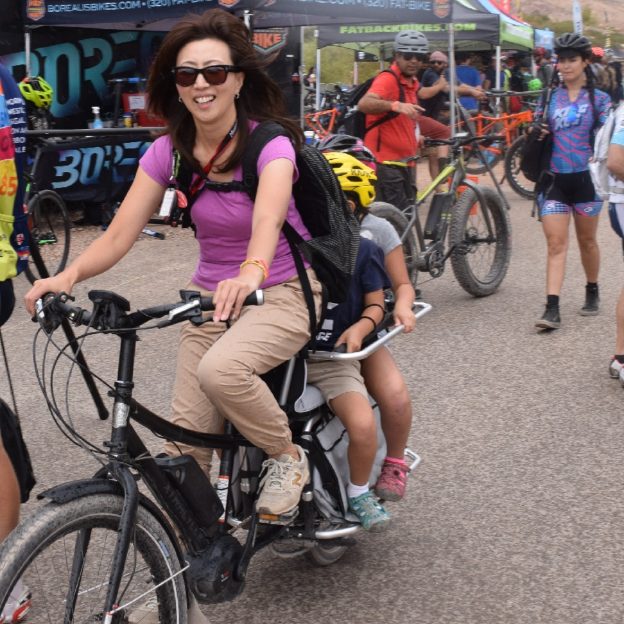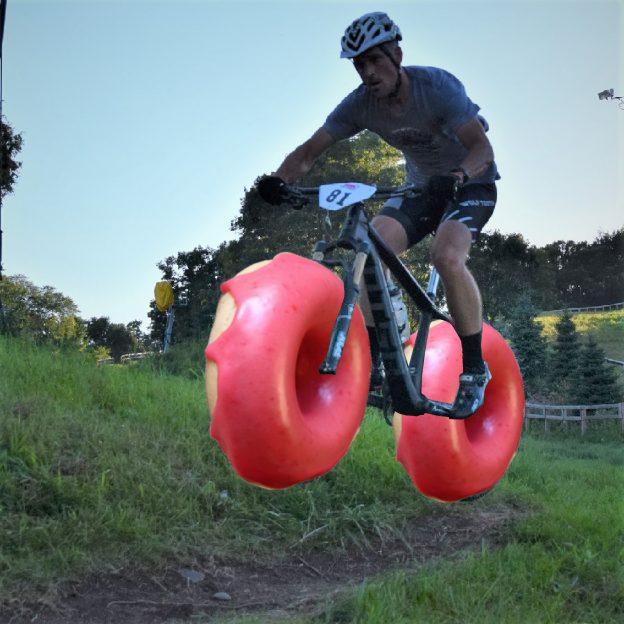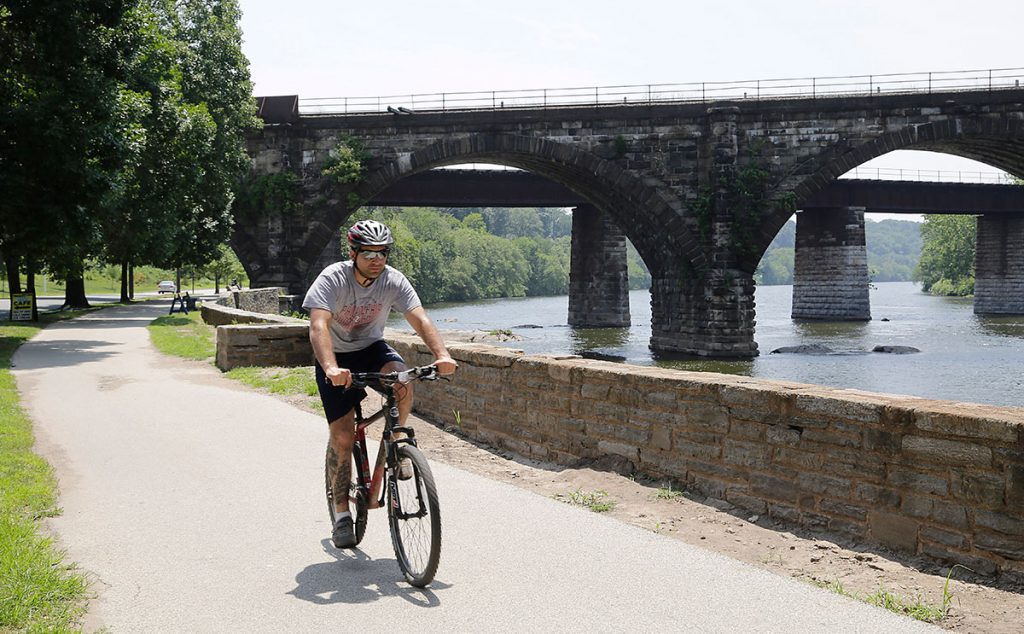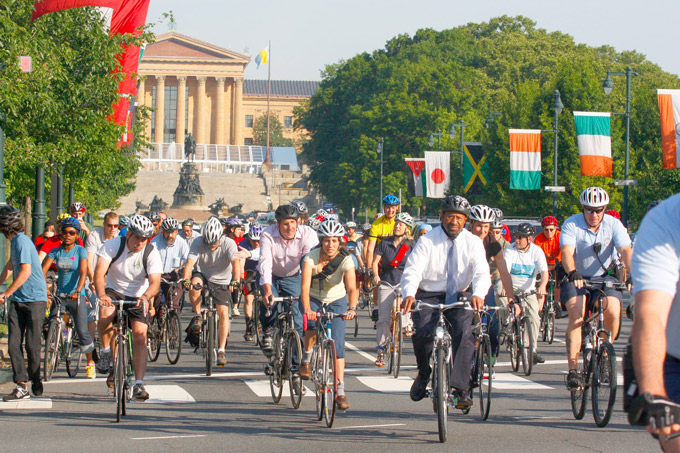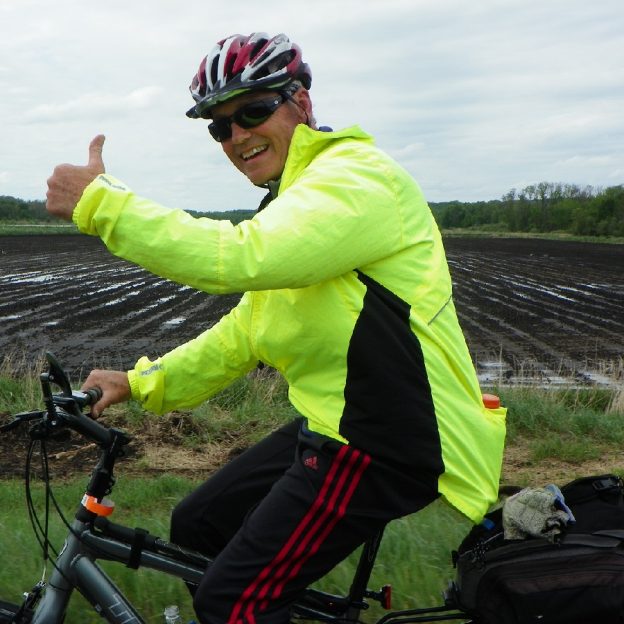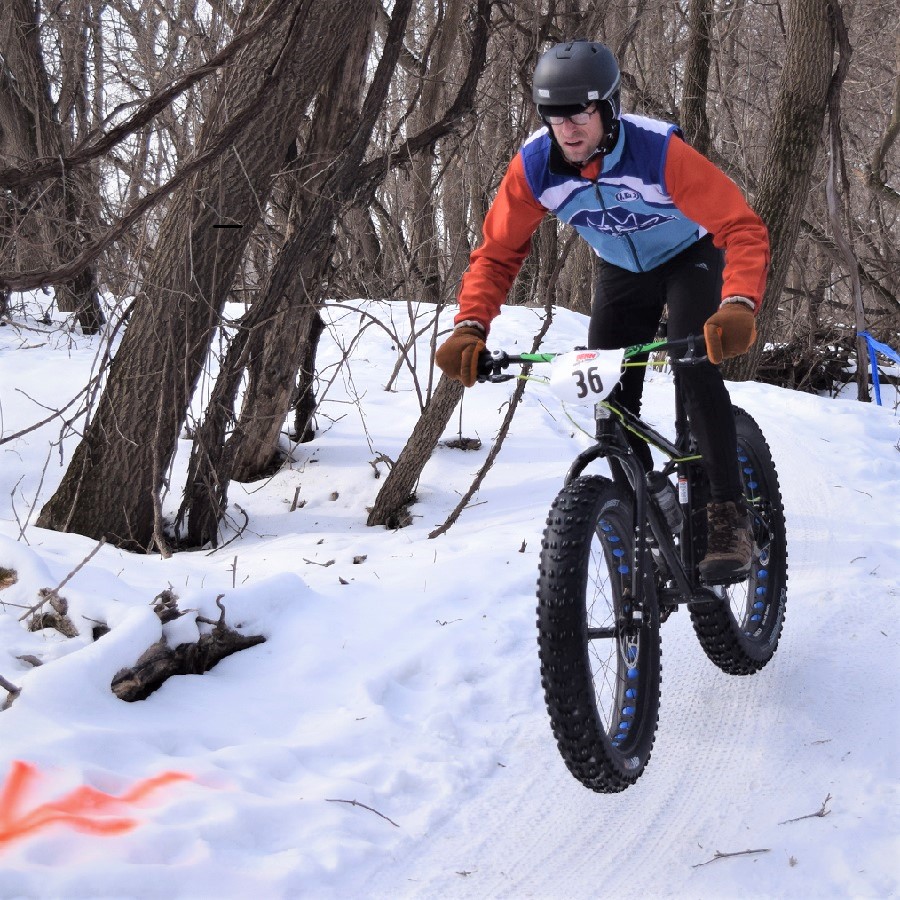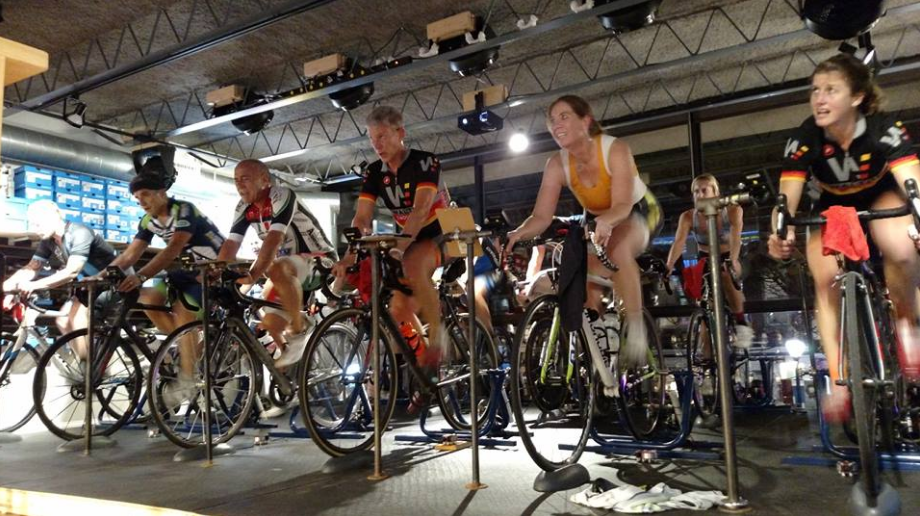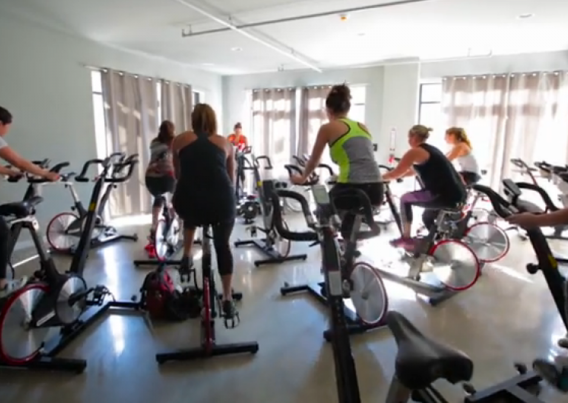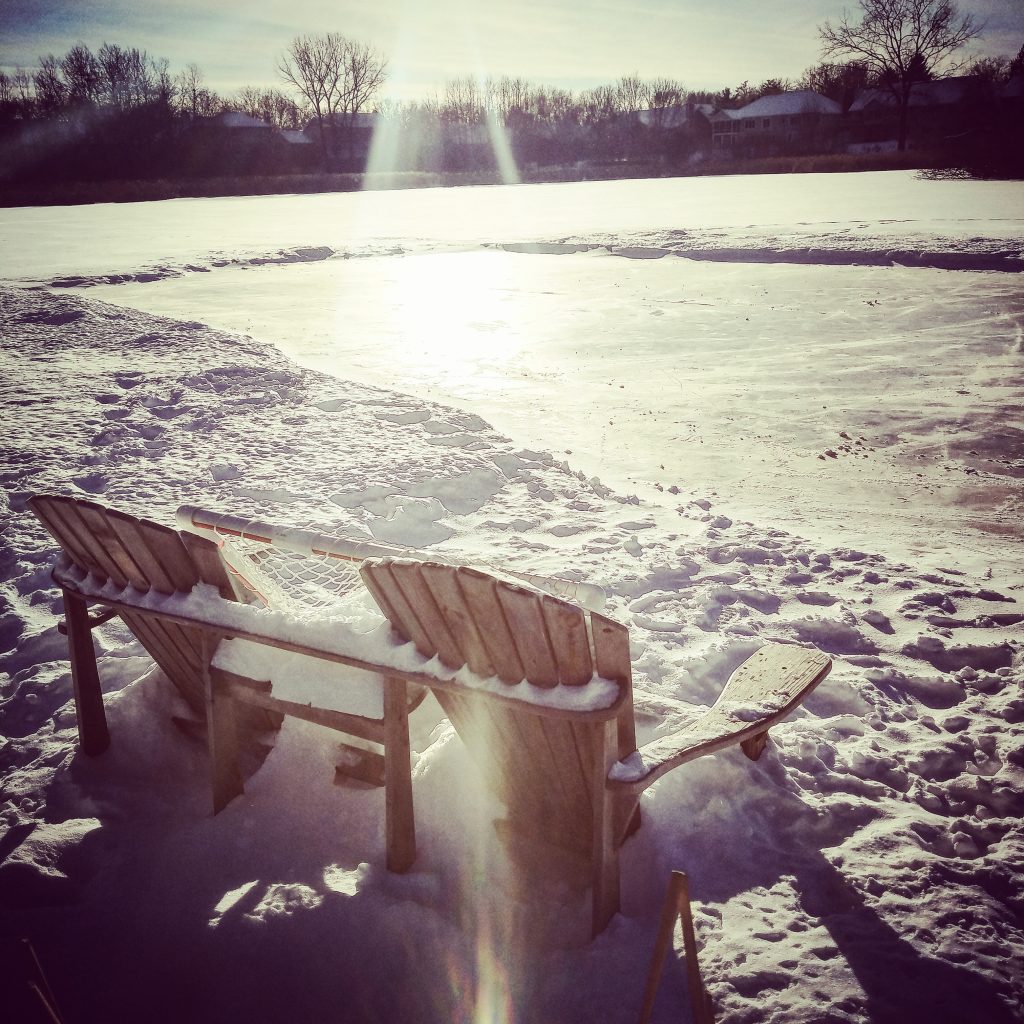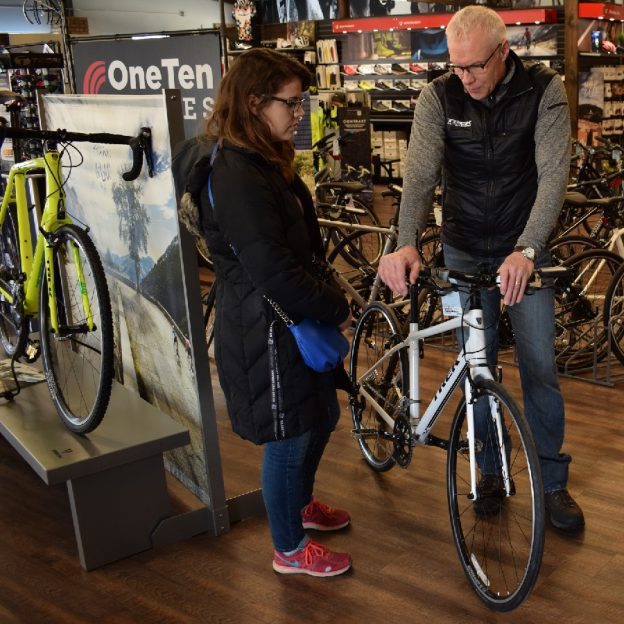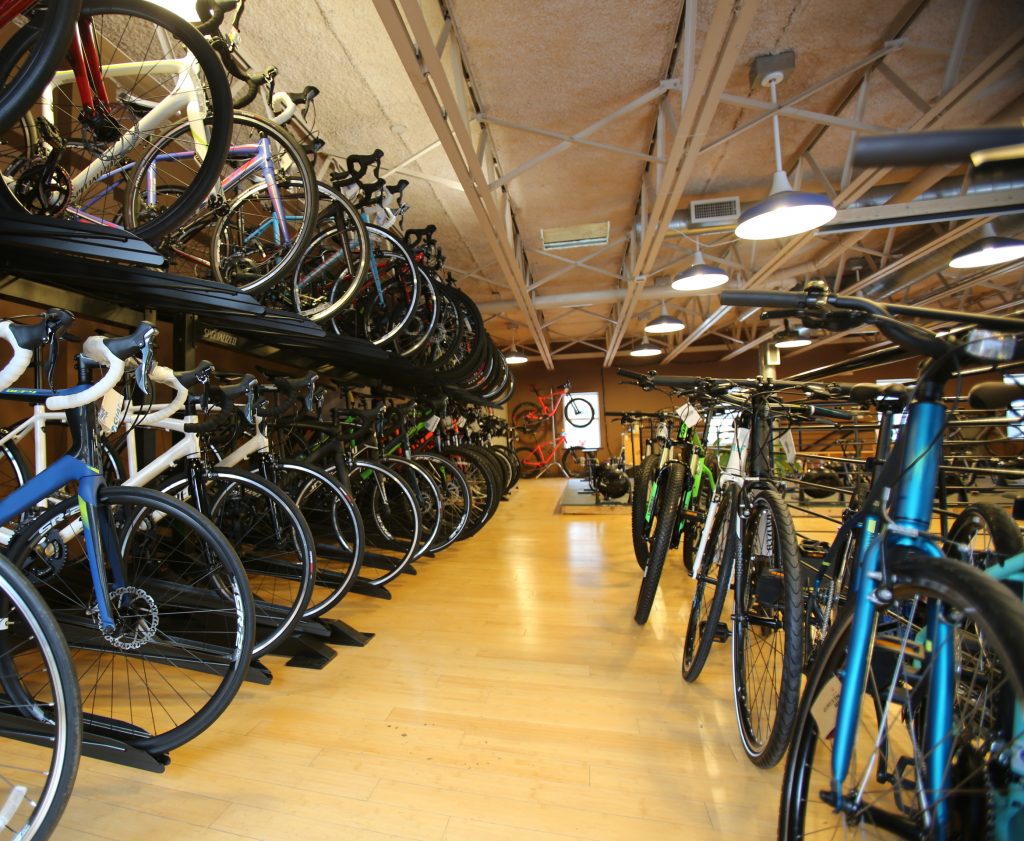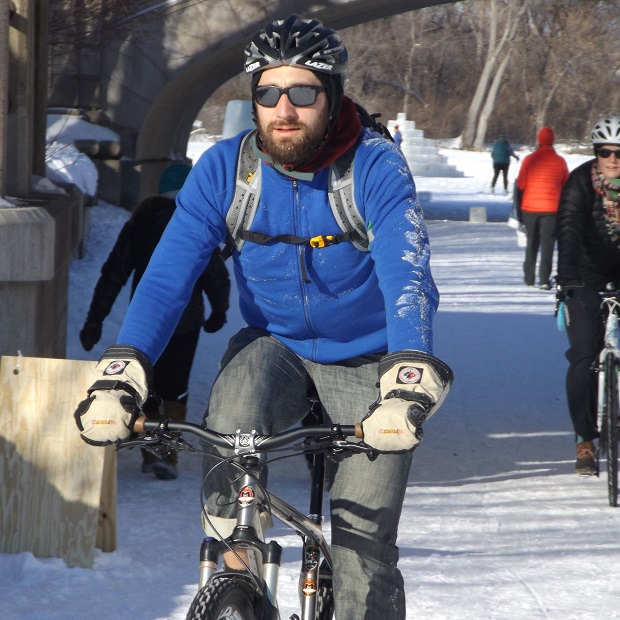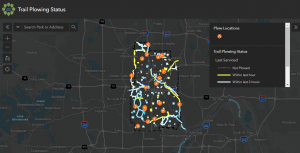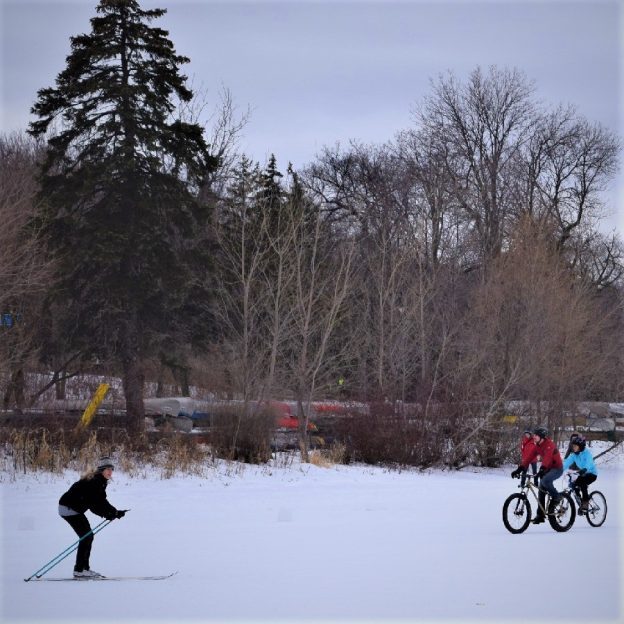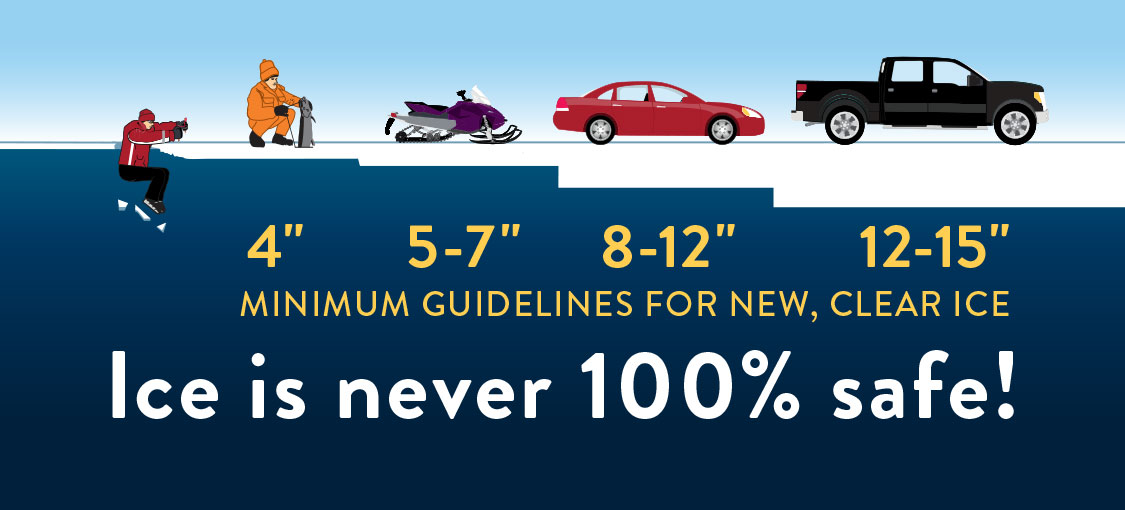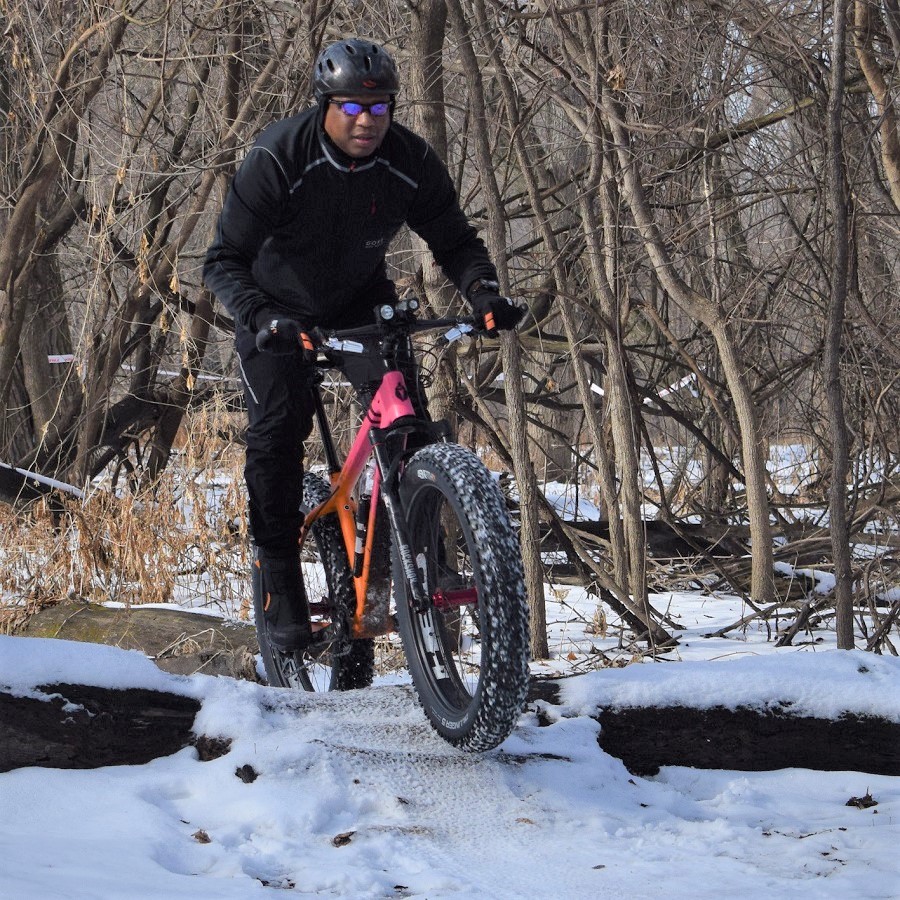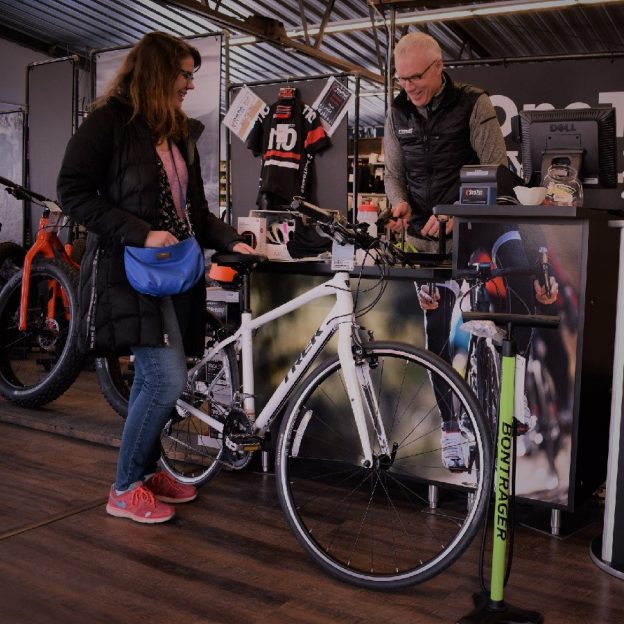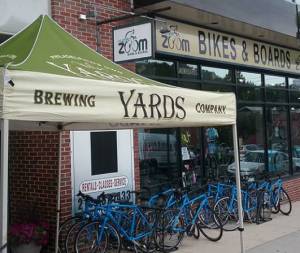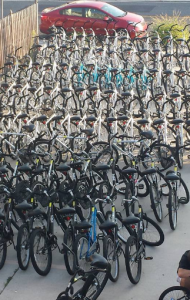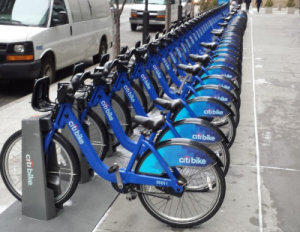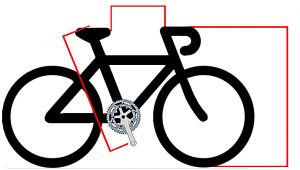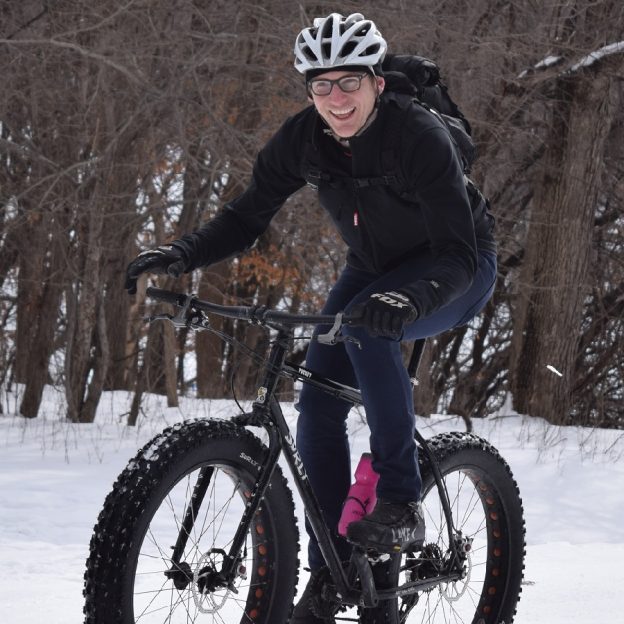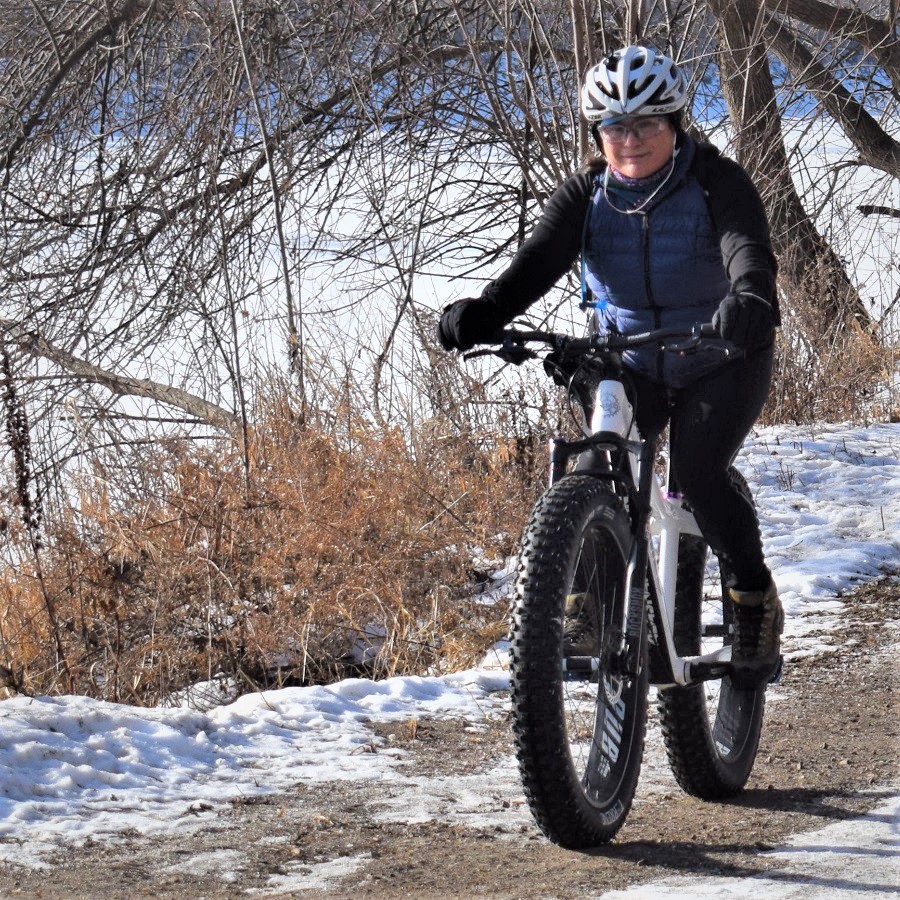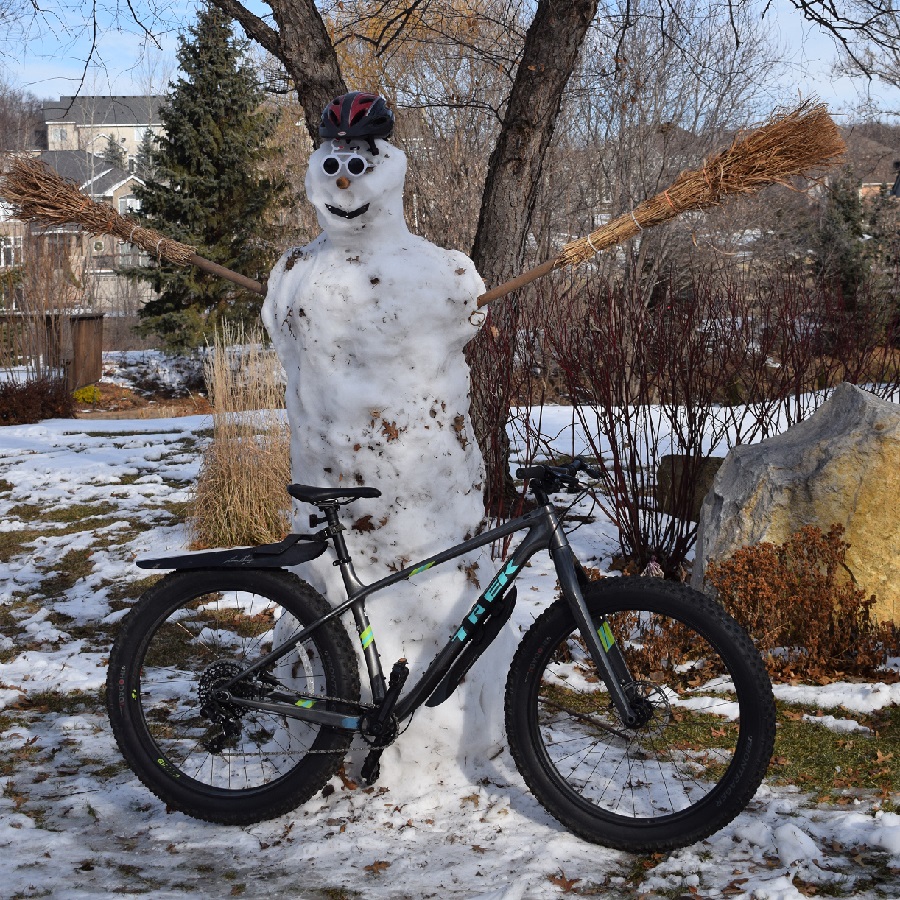by John Brown, Brown Cycles
Mistakes are something humans can’t escape, but nobody is perfect. That said, we can try to eliminate some of the simple errors we may make without ever realizing we are proceeding down the wrong path. Consider taking a look below at some of the most common and damaging cycling mistakes made by newbies and seasoned riders alike.
Cycling Mistakes #1 – Wear your helmet only when you think it’s needed
Many riders make the mistake of thinking “I don’t need to wear a helmet, I’m only going around the block with the kids”. This mentality is often responsible for catastrophes. The truth is you never know when an accident can happen, so you should always be prepared. For example, the worst crash I have ever had was riding from a campsite, down a straight gravel path to the washroom. Before I knew it, I was smack dab on the ground faster than I could get my hands up to catch myself. The moral of the story Is to wear your helmet whenever you ride your bike.
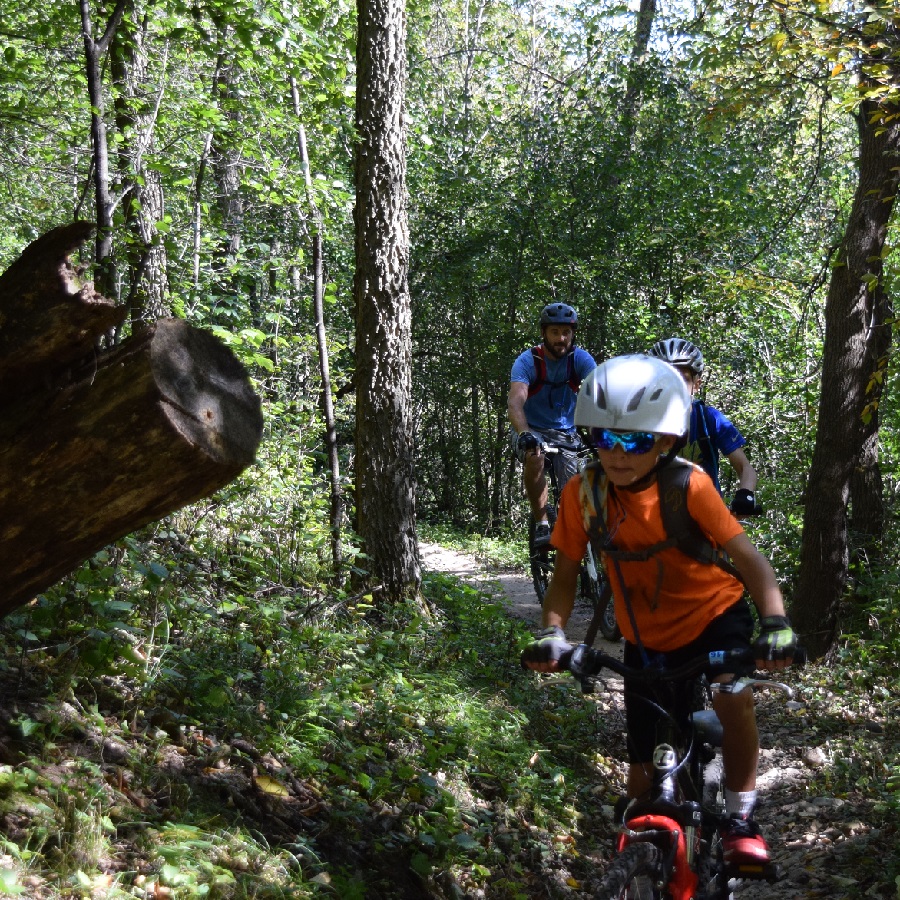
Helmets are always in style
#2 – Believing you have plenty of air in the tires without checking
Frequently, I see riders headed down the trail with tires so low you can hear the rim bouncing off the ground with each pedal stroke. Low tire pressure can lead to pinch flats and, more importantly, loss of control. The innertube that holds the air in your tire is naturally porous and loses air naturally over time. In fact, a tube can lose between 3-5 PSI a day. At its extreme, your tire could go from full pressure to less than half pressure in the span of one week. Be sure to protect your ride by checking tire pressure before each ride.
#3 – Lube the Chain After Every Ride
Believe it or not, an over-lubed chain is more damaging than an under-lubed chain. While I do not recommend riding around with a dry chain, knowing when to lube is essential. Having a ton of lube on your chain will not better protect it. In fact, too much lube will attract dirt and debris, creating a harsh slurry that covers and wears your drivetrain. The best way to lubricate your chain is to apply lube to the chain, allowing it to soak in for a minute, and then use a rag to wipe off as much excess as possible. When done, the chain should feel almost dry to the touch.
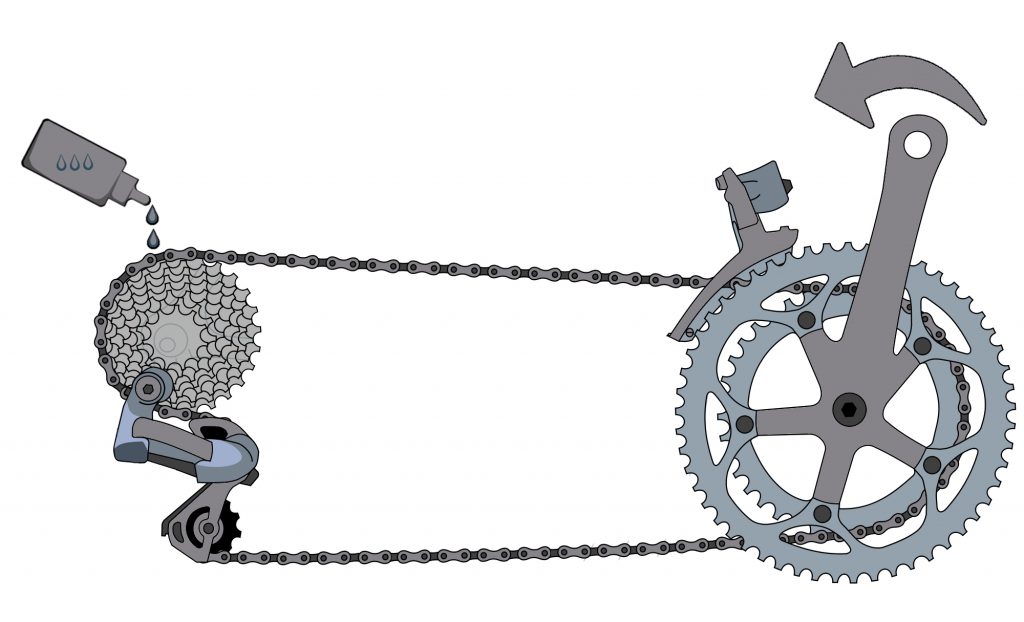
The right amount of lube is a great thing
#4 – Use the water hose to clean your bike
After a dusty or wet ride, many riders reach for the hose to spray dirt off the bike. Sadly, while the bike may look clean, it will be in worse shape than if it hadn’t been cleaned at all. Pressured water from a hose can displace grease and leave nothing behind. Now, with no grease, the bike wears out at an accelerated rate. Instead of using a hose, try a warm bucket of soapy water and a big sponge.
#5 – Bring water along only on some rides
Many times, riders will assume that because the weather is cool or a ride is short, they don’t need to bring water with them. Truth be told, the biggest drain on your energy while riding can be related to dehydration. Stay hydrated by bringing water or a sports drink along on all rides.
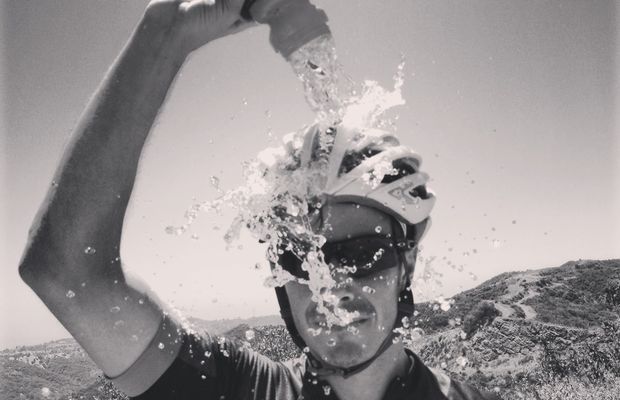
Yay, Water!
#6 – Assume cycling shoes are only good for clipless pedals
If you don’t want to ride clipless pedals, I get that. There are many reasons clipless pedals are great, but at least as many reasons why they aren’t suitable for everybody. What you can do is use a cycling-specific shoe with your flat pedals. A cycling shoe has a stiff sole and additional arch support to disperse pedaling forces over the entire length of your foot. Therefore, you have more efficiency and less discomfort.
Mistakes in general
Overall, thinking about what you are doing before you ride your bike is a good idea. Make sure your bike is ready for the ride, be equipped to take care of yourself during the ride, and be prepared to reach out for help if needed. Once you go through that mental exercise, you will see the common cycling mistakes melt away. Have Fun!
